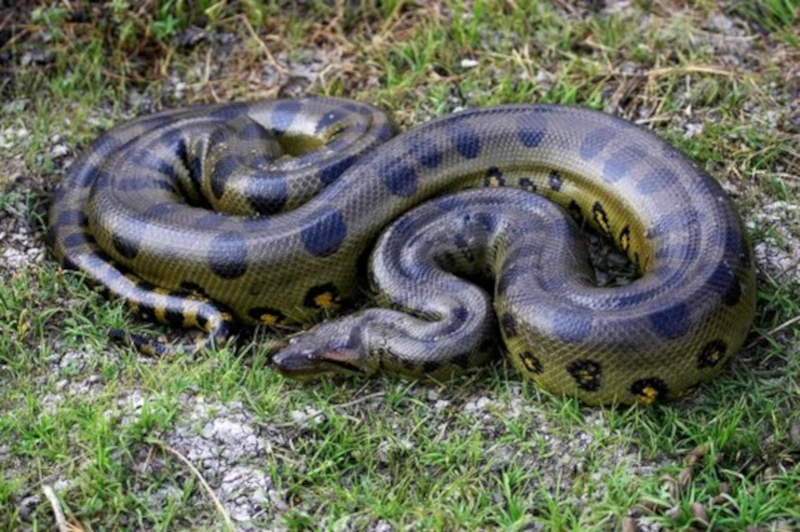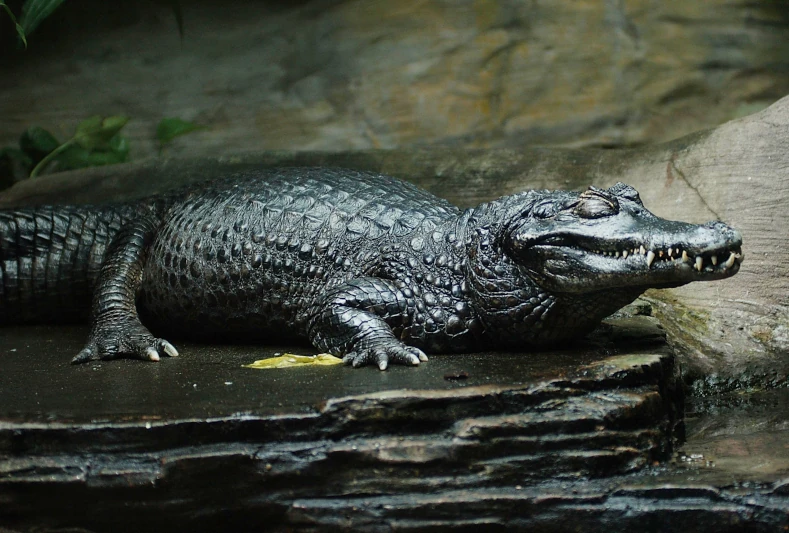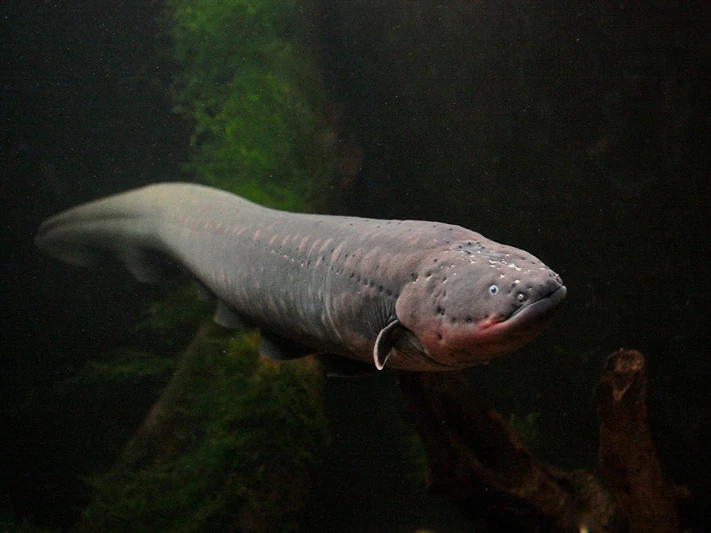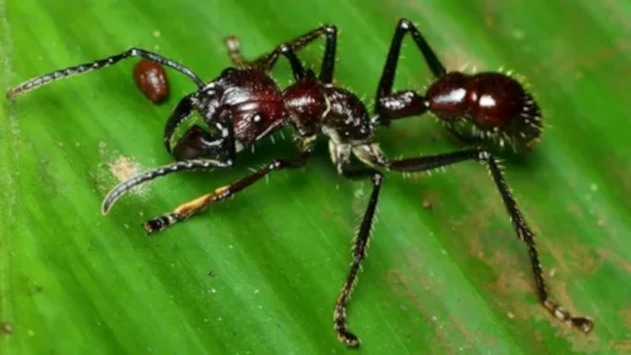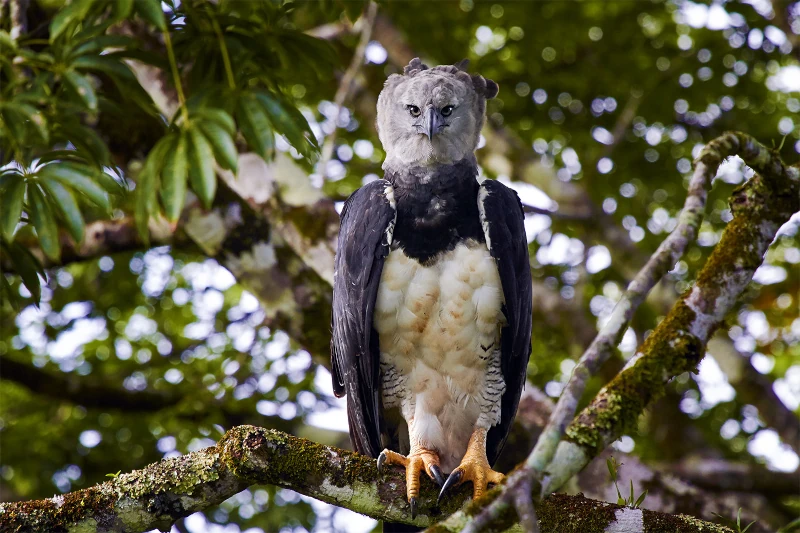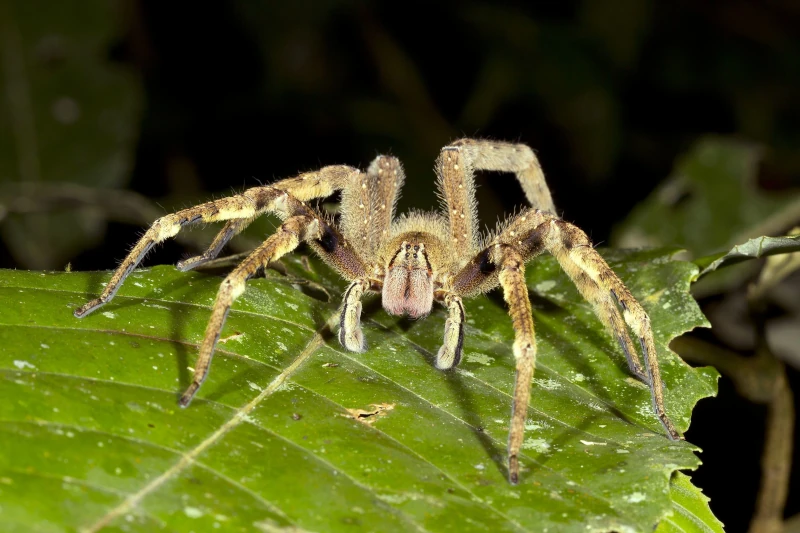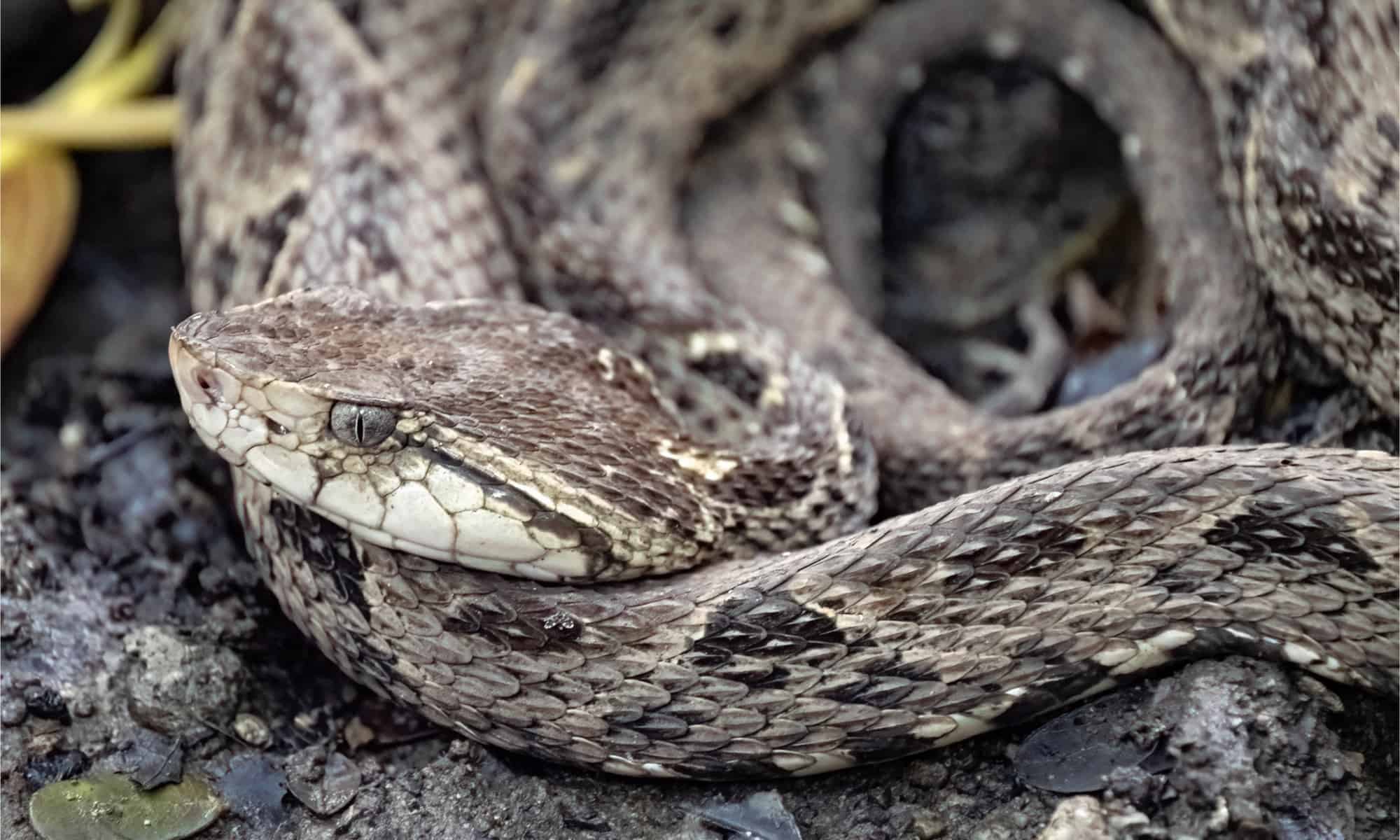Exploring the Peruvian jungle is a thrilling adventure brimming with unparalleled biodiversity and exotic wildlife. However, it’s also a place where caution is paramount, as some of the world’s most dangerous creatures reside here. Whether you travel for work, photos, or research, knowing the jungle’s dangers is important for a safe trip.
Here, we explore the ten most dangerous animals in the Peruvian jungle, giving you the knowledge to stay safe.
The jaguar, the largest feline in the Americas, reigns supreme in the jungle. This majestic creature shows its robust physique and unmatched strength. Jaguars can weigh up to 250 pounds, and their powerful jaws can crush the skulls of their prey, making them formidable hunters. Their rosette-patterned coats help them blend into the forest, staying hidden while they hunt.
This top predator is strong and hunts with stealth, making it a powerful animal to face. Jaguars employ a unique hunting strategy, often opting for the element of surprise.
They are capable swimmers, and it’s not uncommon for them to ambush prey from water bodies. Their primary diet includes deer, peccaries, capybaras, and even caimans. Despite their prowess, jaguars are solitary creatures, preferring to hunt alone.
While attacks on humans are rare, it’s essential to respect their territory and remain vigilant when exploring their habitat. Jaguars typically avoid human contact and will retreat if they sense danger. However, habitat encroachment and deforestation are increasing human-jaguar interactions, posing risks to both humans and these magnificent animals. Conservation efforts are crucial to preserving their natural habitat and ensuring peaceful coexistence.
The green anaconda is another formidable resident of the Peruvian jungle. As one of the world’s largest snakes, it can grow over 20 feet long and weigh more than 500 pounds. These snakes are non-venomous constrictors, relying on their immense strength to subdue prey. They wrap their muscular bodies around their prey, squeezing until the animal suffocates, then swallow it whole.
These massive constrictors thrive in swamps and slow-moving rivers, where they ambush prey like deer and caimans. Their preferred habitats provide excellent cover, allowing them to remain hidden from both prey and potential threats. Anacondas are primarily nocturnal, hunting under the cover of darkness. They often consume prey larger than their body, showcasing their incredible adaptability as apex predators.
Although attacks on humans are uncommon, it’s wise to be cautious near water bodies. Anacondas generally avoid humans, but their size and strength make them a potential threat if provoked. It’s crucial to respect their environment and maintain a safe distance. Local communities often share myths and stories about these legendary snakes, adding to their mystique and allure.
Don’t let the vibrant colors of the poison dart frog deceive you. These small amphibians pack a potent punch with their toxic skin secretions. Their bright hues serve as a warning to potential predators, signaling their toxicity. Each species of poison dart frog has a unique color pattern, ranging from brilliant blues and reds to striking yellows and greens.

Potent Toxins
Indigenous tribes have historically used their poison for hunting. The toxins found in these frogs’ skin are potent enough to paralyze and kill small animals. Native hunters would carefully extract the poison to coat the tips of their blow darts, using them to hunt game with precision. The frogs themselves are not dangerous unless ingested or handled, making them more of a passive threat in the wild.
Admire from Afar
While their toxicity poses little threat if left undisturbed, it’s best to admire these fascinating creatures from a distance. The beauty and uniqueness of poison dart frogs make them a popular subject for photographers and researchers. Conservationists focus on preserving their natural habitats, but deforestation and climate change threaten them. These frogs are a testament to the delicate balance of life in the jungle.
The Amazonian Giant Centipede: A Fearsome Forager
A Not-so-Humble Insect
The Amazonian giant centipede is not your average insect. Growing up to a foot in length, this voracious predator feeds on a variety of prey, including rodents and birds. Its long, segmented body uses many legs to move swiftly through the jungle underbrush. The centipede’s size and agility make it a formidable hunter in its own right.
Venomous Bite
Its venomous bite can cause strong pain in humans, so it is best to avoid it during jungle trips. The snake uses its venom to subdue prey, and the bite can cause swelling, fever, and intense pain in humans.
Centipedes often hide under rocks, logs, and leaf litter and wait for unsuspecting victims.
Jungle Survival
Encounters with these centipedes are rare but memorable. They play a crucial role in the ecosystem by controlling the population of smaller animals and insects. When trekking through the jungle, it’s essential to be cautious and aware of your surroundings to avoid accidental encounters. Understanding their behavior and habitat can help prevent unwanted interactions.
The Black Caiman: A Lurking Menace
Apex Reptile
The black caiman is one of the largest predators in the Amazon basin. With a length of up to 20 feet, these formidable reptiles are capable of taking down large mammals with ease. Their dark coloration provides excellent camouflage in the water, making them nearly invisible to both prey and potential threats.
Habitats and Hunting
They inhabit rivers and lakes, often remaining motionless for hours to ambush prey. Black caimans are opportunistic hunters, feeding on fish, birds, mammals, and even other reptiles. Their powerful jaws and sharp teeth make them effective predators, and their patience is unmatched as they wait for the perfect moment to strike.
Safety Precautions
Exercise caution near water and avoid swimming in areas known to harbor these stealthy hunters. While attacks on humans are rare, they can occur, particularly if the caiman feels threatened or cornered. Local guides are invaluable for identifying safe areas for swimming and exploring, ensuring a safe and enjoyable jungle experience.

The Electric Eel: Shocking Surprise
Electric Powerhouse
The electric eel, found in the murky waters of the Amazon, can deliver a shock of up to 600 volts. This electrical discharge is primarily used for hunting and self-defense. The electric eel has a long, thin body filled with special cells called electrocytes that create electricity to shock prey or scare predators.
Hunting and Defense
While not typically fatal, an encounter with an electric eel can be a shocking experience. The eels use their electrical abilities to navigate murky waters and locate prey. They can deliver multiple shocks in quick succession, incapacitating fish and other small animals. The electric eel’s unique hunting strategy sets it apart as one of the jungle’s most fascinating creatures.
Mindful Exploration
When exploring rivers or lakes, watch out for electric eels. Be careful when swimming or wading in their waters. Local guides keep you safe while exploring the jungle.

The Bullet Ant: Tiny Terror
Painful Reputation
The bullet ant is infamous for having one of the most painful stings in the animal kingdom. Found in the jungle canopy, these ants deliver a venomous sting that feels like being shot, hence the name. The pain can last up to 24 hours and is extremely intense, giving the bullet ant a fearsome reputation.
Social Structure
Bullet ants live in large colonies, often constructing nests in trees or under fallen logs. They are highly organized and communicate using chemical signals known as pheromones. While they primarily feed on nectar and small insects, they will aggressively defend their territory if threatened.
Avoiding Stings
The pain, which can last for up to 24 hours, serves as a reminder to watch your step and avoid disturbing their nests. Wearing protective clothing and being cautious when traversing the jungle can help prevent painful encounters. Researchers and adventurers alike are fascinated by the bullet ant’s complex social structure and incredible resilience.

The Harpy Eagle: A Fierce Aerial Predator
Majestic Predator
by Anees Ur Rehman (https://unsplash.com/@drphotographer152)
The harpy eagle, with its impressive wingspan and powerful talons, is a formidable predator in the Peruvian jungle. It preys on sloths, monkeys, and other small mammals, showcasing its incredible strength and agility. The harpy eagle’s keen eyesight allows it to spot prey from great distances, making it a master of the skies.
Hunting Techniques
With its powerful talons, the harpy eagle can snatch prey from the treetops with ease. It often perches silently, waiting for the perfect opportunity to strike. The eagle’s diet consists mainly of arboreal mammals, and its presence is an indicator of a healthy jungle ecosystem.
Awe-Inspiring Encounters
This majestic bird is harmless to humans, but seeing it in the wild is truly awe-inspiring. Birdwatchers and photographers flock to the jungle in hopes of capturing a glimpse of this elusive raptor. Conservation efforts focus on preserving the harpy eagle’s habitat to ensure the survival of this iconic species.

The Brazilian Wandering Spider: Lethal Lurker
Venomous and Aggressive
The Brazilian wandering spider, or banana spider, ranks among the most venomous spiders in the world. It’s known for its aggressive nature and potent venom, which can cause serious medical complications. The spider’s venom contains neurotoxins that can lead to paralysis and, in severe cases, death.
Nocturnal Habits
These spiders are primarily nocturnal, hunting actively at night. They are often found in banana plantations, which is how they earned their common name. During the day, they hide in crevices or under debris, emerging at night to hunt insects and small vertebrates.
Cautionary Measures
Fortunately, antivenom is available, but it’s best to steer clear of these spiders and their hiding spots. Being aware of your surroundings and wearing protective clothing can reduce the risk of bites. Researchers continue to study the Brazilian wandering spider’s venom for potential medical applications, highlighting the complexity and importance of these misunderstood arachnids.

The Fer-de-Lance: A Venomous Viper
Stealthy and Deadly
The fer-de-lance is a highly venomous pit viper found throughout the Amazon. Its bite can be fatal without prompt medical treatment. The snake’s heat-sensing pits allow it to detect warm-blooded prey in the dense underbrush, making it an efficient and deadly hunter.
Camouflage and Habitats
This snake is nocturnal and often camouflaged, making it difficult to spot. Its mottled coloration blends seamlessly with the forest floor, providing excellent concealment from both predators and prey. The fer-de-lance is commonly found near water sources, where it hunts amphibians, rodents, and birds.
Safety Precautions
Exercise caution when trekking through dense vegetation, especially at night. Wearing sturdy boots and staying on designated paths can help prevent accidental encounters with this dangerous viper. Local guides are invaluable for identifying potential hazards and ensuring a safe and enjoyable jungle exploration.

Jungle Survival Tips
Stay Informed and Prepared
Encountering these dangerous animals is part of the adventure in the Peruvian jungle. However, with the right precautions, you can enjoy a safe and memorable experience. Here are some jungle survival tips to keep in mind:
Learn About the Wildlife
Stay Informed: Learn about the wildlife in the rainforest and recognize potential hazards. Understanding the habits and habitats of dangerous animals can help you avoid unwanted encounters. Researching local customs and traditions can also provide valuable insights into coexisting with jungle wildlife.
Guided Exploration
Travel with a Guide: A knowledgeable local guide can provide valuable insights and ensure your safety. Guides are familiar with the terrain and can identify areas where dangerous animals are likely to be found. They can also share fascinating stories and legends about the jungle’s inhabitants, enriching your experience.
Respect and Caution
Respect Wildlife: Maintain a safe distance from all animals and never attempt to touch or provoke them. Observing animals in their natural habitat is a privilege that requires respect and caution. By maintaining a respectful distance, you ensure the safety of both yourself and the creatures you encounter.
Be Equipped and Vigilant
Be Prepared: Carry a first-aid kit, insect repellent, and appropriate gear for your journey. Packing essentials such as water purification tablets, a whistle, and a flashlight can enhance your safety and comfort. Staying vigilant and aware of your surroundings is key to enjoying a successful jungle adventure.
Stay on Trails
Stay on Designated Paths: Straying off trails increases the risk of encounters with dangerous wildlife. Guides typically clear and maintain designated paths to minimize hazards and ensure safe passage through the jungle. By sticking to these routes, you reduce the likelihood of disturbing wildlife and encountering unexpected dangers.
Exploring the Peruvian jungle is a once-in-a-lifetime experience, filled with incredible sights and sounds. By understanding the risks and respecting the environment, you can immerse yourself in the wonders of this extraordinary ecosystem. The Peruvian jungle gives you an unforgettable experience, whether you want photos, research, or adventure.

